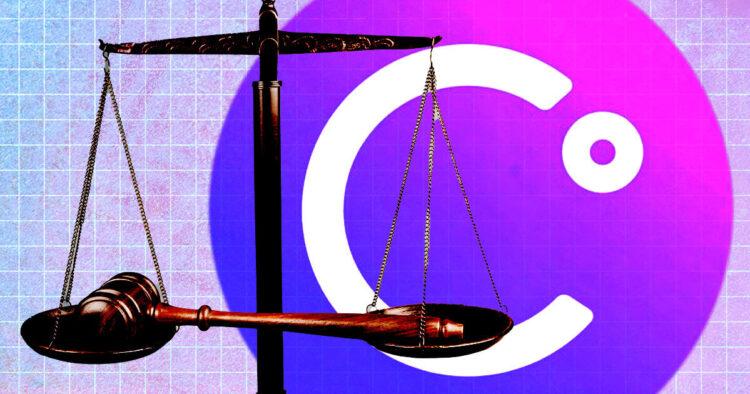Advertisement
According to a court document from the Vermont Department of Financial Regulation, cryptocurrency lender Celsius Network has been giving false and misleading information about its financial health and compliance with securities laws.
Celsius operated as a Ponzi scheme.
The Vermont Department of Financial Regulation said in a document supporting the Justice Department’s request to appoint an assessor in Celsius’s bankruptcy case that the company could have paid income using a Ponzi system.
According to the most recent statement, based on a preliminary examination of financial records, Celsius recorded “huge losses” in the first seven months of 2021 and “two serious adverse events” in June and July. Moreover, despite being required to release its financial statements under state and federal securities regulations, the company deducted losses from investors.

In addition, in the petition, it was claimed that Celsius may have manipulated the price of his CEL coin. This action may have caused the tampering of the CEL holding ratio on the company’s balance sheet.
The filing cites blogs and tweets from Celsius CEO Alex Mashinsky, including one insisting that all funds are safe. While in fact, the filing states that the company has defaulted and the depositor’s funds are in jeopardy.
The filing notes that the company never earned enough revenue to support the return paid to investors.
“This indicates a level of financial mismanagement and at some point, returns for existing investors can be paid in the assets of new investors.”
Celsius deceived the public.
In a related move, the Texas State Securities And Exchange Commission (SSB) alleges that Celsius issued inadequate and delayed responses to requests for information and documents and that its presentation of its financial status in the event of bankruptcy was inconsistent.
The Texas filings agree with Vermont’s claims, citing multiple instances of Celsius misleading the public. Among other cases, the filing refers to a blog post from June 7 in which Celsius informed consumers that despite the fact that there were only five days left to stop withdrawing, it had no trouble processing their request.
Moreover, in the lawsuit, Vermont accuses Mashinsky of publicly deceiving investors by asserting that they addressed concerns from state securities regulators in December. In its filing, Vermont alleges that Celsius manipulated the price of the original token to be true. From May 2 to July 1, when the company stopped allowing withdrawals, Celsius increased its CEL holdings to more than 40 million, with more than half of the increase taking place after the platform paused. The regulator stated that Celsius was also involved in this activity at one point in 2021. Liabilities will surpass existing assets from February 2019.
The record says:
“By increasing its Net Position in CEL by hundreds of millions of dollars, Celsius has increased and enhanced CEL’s market price, thereby artificially artificially placing the company’s CEL holdings on its balance sheet and financial statements.”
















